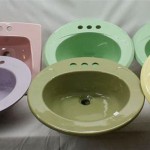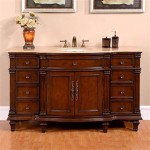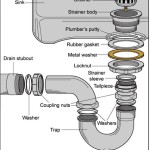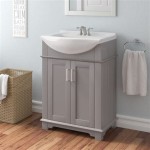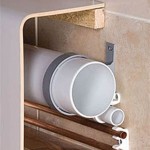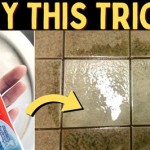Essential Aspects of Bathroom Sink Water Line Connections
Understanding the intricacies of bathroom sink water line connections is paramount for ensuring a functional and aesthetically pleasing bathroom. These connections not only provide water flow to the sink but also contribute to the overall design. In this article, we will explore the essential aspects of bathroom sink water line connections, including types, materials, installation considerations, and common problems and solutions.
Types of Water Line Connections
There are two main types of bathroom sink water line connections: compression fittings and PEX connections.
- Compression fittings utilize a washer and a nut to seal against the tubing, providing a watertight connection. They are typically used with copper or galvanized steel pipes.
- PEX connections use crimp rings or push-fit connectors to secure plastic PEX tubing to the water supply. They are becoming increasingly popular due to their ease of installation and flexibility.
Materials for Water Lines
The choice of water line material depends on factors such as cost, durability, and flexibility.
- Copper is the most traditional material for water lines, known for its durability and lifespan of over 50 years. However, it is also relatively expensive.
- Galvanized steel is a cost-effective option, but it has a shorter lifespan than copper and is susceptible to corrosion.
- PEX (Cross-linked Polyethylene) is a flexible plastic tubing that is easy to install and provides excellent corrosion resistance. It is the most affordable option.
Installation Considerations
Proper installation is crucial for ensuring a leak-free and functional water line connection. Consider the following:
- Shutoff valves: Install shutoff valves before connecting the water lines. This allows for easy isolation of the water supply in case of leaks or repairs.
- Tubing length: Measure the distance from the water supply to the sink and cut the tubing accordingly, leaving some slack for expansion and contraction.
- Connections: Tighten the connections securely, but avoid overtightening as this can damage the fittings or tubing.
Common Problems and Solutions
Some common problems associated with bathroom sink water line connections include:
- Leaking connections: Check the connections for proper tightening and replace any damaged washers or o-rings.
- Frozen pipes: During cold weather, exposed pipes can freeze and burst. Insulate the pipes or use heat tape to prevent freezing.
- Low water pressure: Check the aerator on the faucet for clogs. If the aerator is clean, inspect the water lines for any kinks or blockages.
Conclusion
Understanding the essential aspects of bathroom sink water line connections is crucial for ensuring a properly functioning and aesthetically pleasing bathroom. By selecting the appropriate materials, following installation best practices, and addressing common problems effectively, you can maintain a reliable and long-lasting water supply for your bathroom.

Bathroom Sink Plumbing

Fitting A Bathroom Sink Or Bidet Step By Guide And

How To Plumb A Bathroom With Multiple Plumbing Diagrams Hammerpedia

How To Tighten Water Supply Line Connectors Diy Family Handyman

What Is The Bathroom Sink Plumbing Rough In Heights

How To Fit A Bathroom Sink Diy Guides Victorian Plumbing

20 Bathroom Sink Drain Parts How They Works Stopper Plumbing

How To Install A Vessel Sink Faucet

Bathroom Sink Plumbing Installation Diy Montreal

Faucet Supply Line Types And Installation Dengarden
Related Posts

